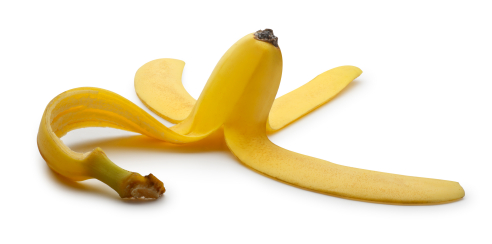You’ve heard that in nature, there’s no such thing as waste. Yet in America, the amount of food that we waste every year is staggering. A study found that we waste millions of tons of food a year — 29% of all we produce – at many points, from farm, to packer, to store, to table.
Given that there are so many hungry people in this country, that’s a tragic loss. But the study pointed out another consequence that I hadn’t thought of before: the entire life cycle of growing, packaging, transporting, and disposing of all this waste produces 2% of our greenhouse gas emissions, over a hundred million tons of carbon dioxide a year. Meanwhile, a staffer for the Natural Resources Defense Council found that the average American family of four loses up to $175 a month in wasted food, and included some interesting charts she gleaned from the report mentioned in the first paragraph.
We can stop this waste and eat healthily and creatively. An article with the provocative title “That’s Not Trash, That’s Dinner” gave several ideas for using those thick broccoli stalks: peel and chop them to make soup, or shred them to put into broccoli slaw, or shave them and top with lemon zest and Parmesan cheese.
What you can do:
- If you buy a new or special ingredient on impulse (and that’s not a bad thing, since diversity in diet is good for us and for the earth), be sure to use it right away.
- Enjoy leftovers. This is your chance to learn new recipes, or put on your creative hat and invent something original. My own theory is that some of our favorite dishes evolved from the combination of leftovers and necessity.
- Compost the scraps that aren’t salvageable (heavy cauliflower leaves and stalks, for instance, and the odd bits you scrape off your plate after dining). Once you see the beautiful black rich soil that food scraps turn into in the compost bin, you’ll be amazed you ever thought of food scraps as garbage.
Or you could check out The Green Foodprint, which I published last year (2011).

